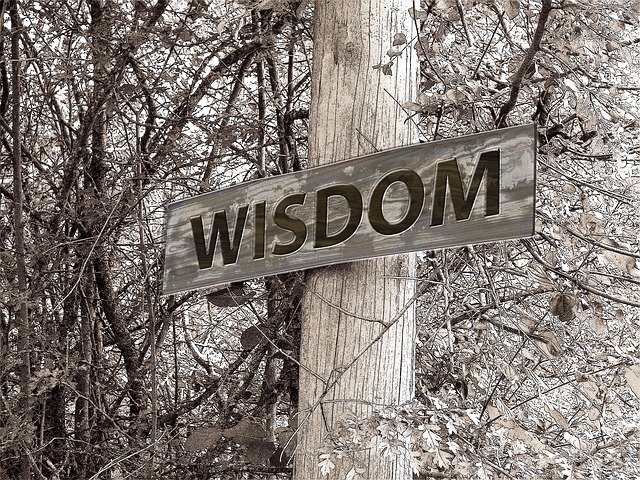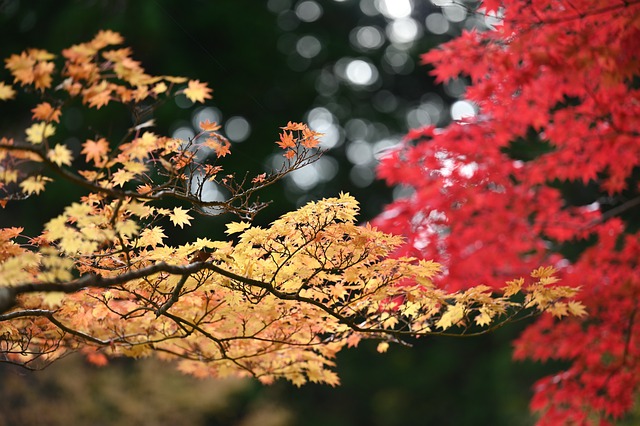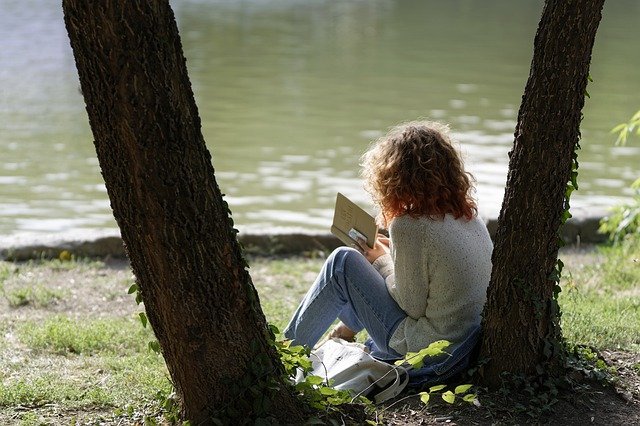Recently Tami Simon of Sounds True interviewed Dr. Dilip Jeste, Professor of Psychiatry and Neuroscience, on the theme of wisdom and how to be wiser, faster. Dilip’s research interests are aging and the neurobiological basis of wisdom. His exploration of wisdom and the related personality trait of compassion is presented in his book, Wiser: The Scientific Roots of Wisdom, Compassion, and What Makes Us Good.
During the podcast interview, Dilip focused on his obvious passion, the neurobiological basis of wisdom. While stating that the research is in the early stages in terms of completeness and application, he did suggest that people who are wise are guided by the neocortex part of their brain (our logical, analytical capacity), while those who are unwise are more driven by their amygdala (responsible for the fight/flight/freeze response).
In the interview, Dilip explained that to undertake research into wisdom he had to first establish the measurable components of wisdom. His research led him to identify the common elements in multiple published definitions of wisdom in scientific journals. This enabled him to isolate six of the more commonly used components of wisdom. What I wanted to do here is explore how mindfulness can help to develop each of these components – thus serving as a pathway to wisdom. By way of corollary, I would suggest that the journey towards mindfulness is a journey into wisdom and its many components.
Mindfulness and the components of wisdom
Dilip made the point that wisdom is not a single trait but a collection of of traits – like the personality trait of emotional intelligence, it has several components. In the section below, I will explore the relationship between mindfulness and each of the six components of wisdom identified by Dilip.
- Self-reflection – this covers the ability to explore your inner landscape and analyse your behaviour in terms of responses to stimuli. There are many mindfulness practices that cultivate this capacity, especially those that encourage exploration of thought patterns, including harmful negative self-stories. Another example is the process of reducing resentment through reflection that I described in detail in an earlier post. Additionally, Acceptance and Commitment Therapy (ACT) is a highly developed mindfulness approach designed to guide self-reflection. Dr. Russ Harris, a prominent practitioner and proponent of this approach, has made ACT accessible to individuals who are experiencing self-doubts and negative self-evaluation. His humorous illustrated book, The Happiness Trap Pocketbook, provides a range of exercises that makes self-reflection accessible to anybody.
- Prosocial behaviour – where the focus of attention is on the needs of others rather than being totally self-absorbed. This component of wisdom is manifested in displaying empathy and/or taking compassionate action. Listening mindfully to the stories of others can be a form of compassionate action. As we grow in mindfulness, we can become more aware of how our mindfulness positively impacts others, leading to a realisation that we are also engaging in mindfulness for others. Loving-kindness meditation is another form of mindfulness practice that enables us to reach out to the needs of others. More recently compassionate leadership has emerged as a prominent trend in leadership development, driven by the global pervasiveness of mindfulness practices.
- Emotional regulation – being able to control your emotions. One of the more consistent outcomes identified in mindfulness research is self-regulation. In their book, Altered Traits: Science Reveals How Meditation Changes Your Mind, Brain, and Body, Daniel Goleman and Richard Davidson highlighted the traits that are altered and sustained through meditation practices. These included not only self-awareness and social awareness (leading to empathy and compassion) but also what they call “self-management” (another term for emotional regulation). Mindfulness practice can help us overcome our habituated behaviour and our typical response to negative stimuli.
- Acceptance – being able to cope with uncertainty, ambiguity, and differing perspectives. Acceptance according to some schools is a defining characteristic of mindfulness, e.g. Diana Winston in her meditation podcasts for MARC UCLA explains that mindfulness involves “paying attention to our present moment experiences with openness and curiosity and a willingness to be with what is”. Mindfulness meditation has been used to reduce anxiety in times of uncertainty. Through mindfulness practice we can also unearth assumptions about differences in perspectives that create walls between us and other people we encounter in our daily lives.
- Decisiveness – making decisions despite uncertainties and adversity. Mindfulness meditation can help us to address procrastination. It can also improve our decision-making capacity by highlighting the thoughts and emotions behind our decision-making, exposing our negative thoughts and helping us to maintain focus and achieve clarity. The Mindful Nation UK report states that one of the benefits of mindfulness in the workplace is “improved comprehension and decision-making”.
- Spirituality – defined as “continuous connectedness” with something or someone. The focus of connection could be the Bhagavad Gita, Buddha, God, nature, or soul. Connectedness to nature and other people can be enhanced through mindfulness meditation. Allyson Pimentel offers a mindfulness meditation designed to overcome the sense of separateness and strengthen connectedness. Christine Jackman, in her book Turning Down the Noise: The Quiet Power of Silence in a Busy World, offers the view of a Benedictine monk that prayer itself is a form of meditation – by praying you are connecting with God or some other deity through mindfulness (p.72).
Reflection
This discussion highlights some of the ways that mindfulness can provide a pathway to wisdom – approaches to developing the components of wisdom. As we explore each of these components within our mindfulness practice, we can move closer to wisdom. We could focus on a single component to overcome a deficiency – e.g. Dilip stated that he was working on strengthening his “prosocial behaviour”, specifically compassion. Alternatively, we can aim to grow in mindfulness and wisdom more broadly by adopting different mindfulness practices. The research by Davidson and Goleman confirm that mindfulness meditation can alter our brains, our minds, and our bodies.
Dilip’s research confirmed that some people grow in wisdom with age through the recently identified facility of neuroplasticity. He maintained that people who are active as they age – combined with an openness to new experiences and making changes in their life – can grow in wisdom. In speaking of activity in this context, he referred to being “active physically, psychologically, socially, and cognitively”. As we use different forms of mindfulness practices – e.g. mindful walking, mindful listening, mantra meditations, Tai Chi or yoga, journalling, loving-kindness meditation and mindfulness research – we can increase our level of activity across the dimensions that Dilip identified.
________________________________
Image by Gerd Altmann from Pixabay
By Ron Passfield – Copyright (Creative Commons license, Attribution–Non Commercial–No Derivatives)
Disclosure: If you purchase a product through this site, I may earn a commission which will help to pay for the site, the associated Meetup group and the resources to support the blog.









